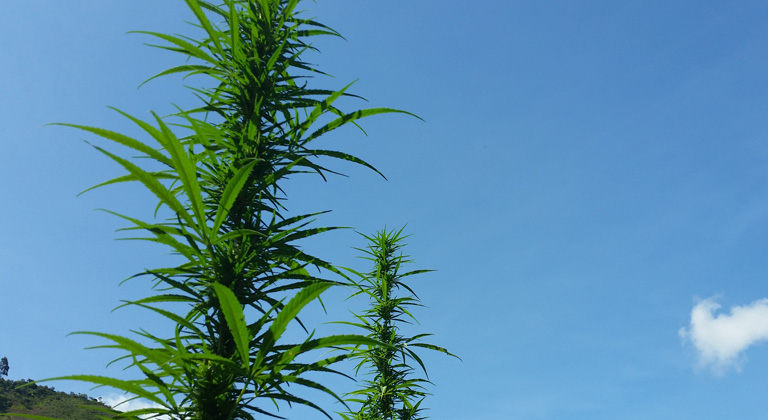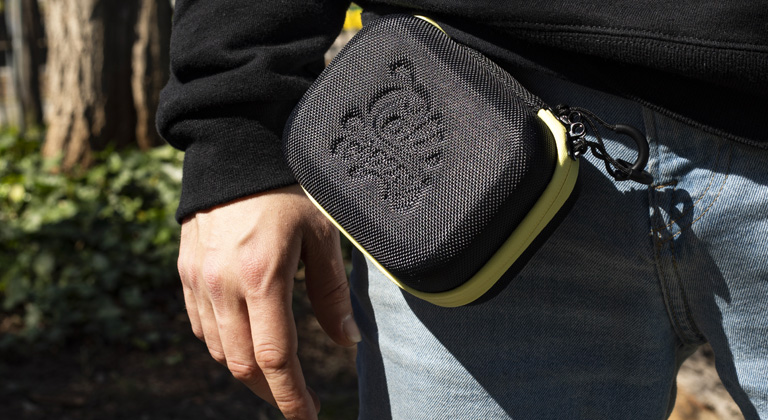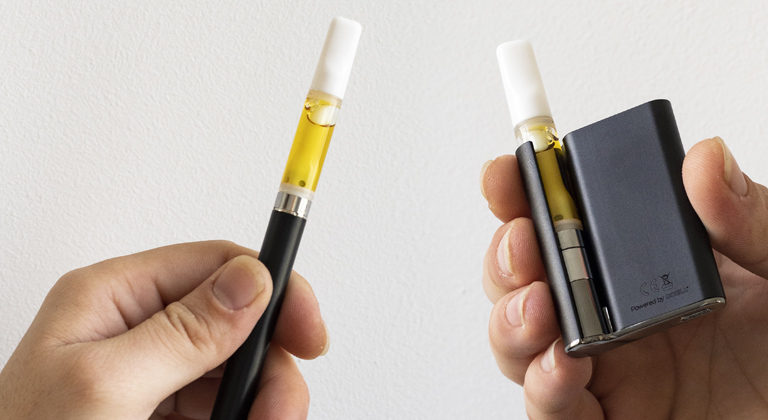We’re back with more curious stories about Cannabis throughout history! Did you see the previous installment?
This time, we’ll be talking about “landrace” strains, how and why cannabis has turned into an illegal plant, the start of the war on drugs and the arrival of indica strains to America.
Landrace: The Origins of Modern Hybrids
As we were explaining in the previous installment, cannabis spread throughout the planned via merchants who took seeds to distant countries and regions such as Pakistan, Thailand, Africa or Central America.
These strains that adapted to the climate of each region and were domesticated via selection by local growers are what we call Landrace cannabis strains.
What is a Cannabis Landrace Strain?
A Landrace strain is a cannabis plant that, rather than growing in the wild, has been farmed and grown by people in order to improve qualities needed to grow in a specific location.
However, unlike modern hybrids, Landrace strains haven’t gone through exhaustive breeding and selection processes, so their genetic pool is much wider. This means that they contain more genes that can be modified for unwanted characteristics; they have less homozygosity than current hybrids on the market.
Homozygosity is what happens when genes are “cleaned” of characteristics that the breeder isn’t interested in; the more homozygosity in a strain, the more stable the strain is in general.
When a customer buys cannabis seeds from a seed bank that has used breeding processes to stabilize their strains, they know that the variation between plants won’t be too big. Homozygosity guarantees that growers get the expected results, without any recessive genes which can cause issues.
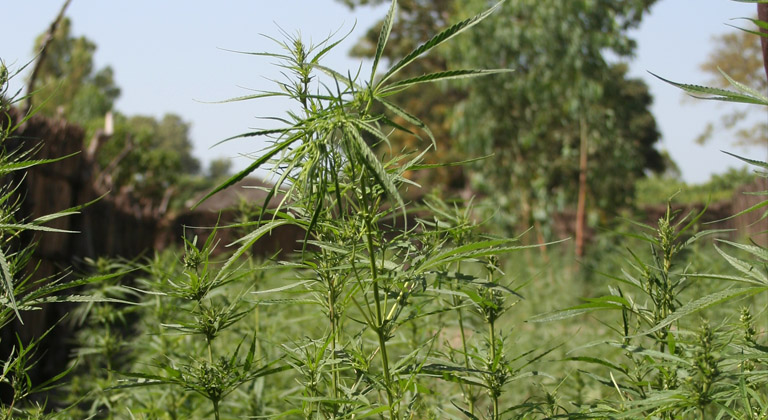
History of the Legalization of Cannabis
In order to explain the history of cannabis, it’s not just enough to explain how the plant has been modified to suits the needs of human beings – there are other determining factors that have impacted this plant such as its legal context. At the start of the 20th century, prohibition against cannabis began in the US and would forever change the history of this plant and its chemical composition.
In 1913 California applied their first prohibition law that included cannabis, called the Poison Act, starting a fever of illegalization that other states quickly joined. During the first two decades of the 20th century, two phenomenon occurred in the US that contributed to stigmatizing the use of cannabis in US society:
- The large influx of Mexican immigrants to the western states increased tensions; cannabis smoking was commonplace in their country of origin, therefore the plant became associated with them and therefore seen in a negative manner.
- In the 20s, cannabis also became quite present in the world of jazz music, and society began to establish a negative link to cannabis due to the negative way they viewed the typically black musicians that played jazz.
This is how racism and prohibition united to generate a stigma that has followed cannabis for decades, creating the erroneous collective idea in white conservative US society that cannabis was for “Mexicans, black people and delinquents”.
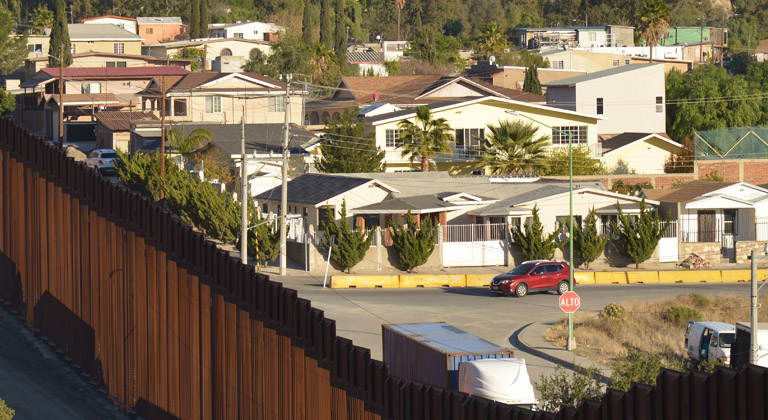
Prohibitions and Social Alarm: The Media Campaign Against Cannabis
In 1930 an organism was created to control certain substances, the FBN (Federal Bureau of Narcotics), whose director Harry J. Anslinger declared war on cannabis and declared it was his objective.
In order to do this, he allied with William Randolf Hearst, the owner of a newspaper that began to publish a campaign against cannabis in their newspapers; this defamatory campaign was done using alarming and extreme “news” publications such as the idea that cannabis was ruining the lives of young Americans. In truth, Hearst also had his own motives to stop the spread of cannabis, as he had invested in the construction sector, which was being heavily threatened by the existence of hemp at the time.
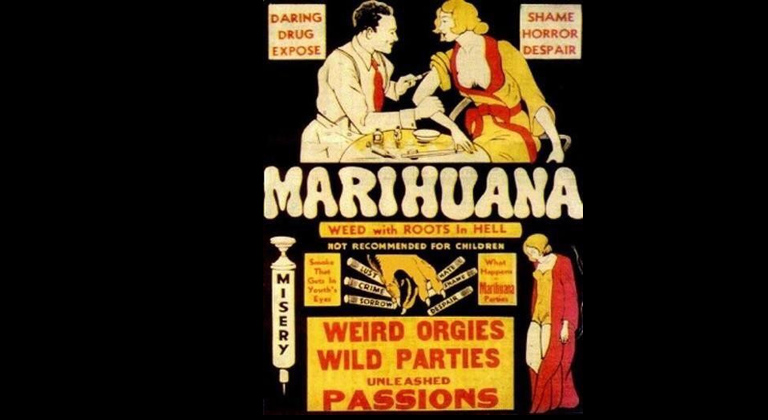
Marihuana Tax Act: The Beginning of the End
On August 2nd, 1937, the Marihuana Tax Act was passed in congress, a law presented by Anslinger that mposed sanctions of up to 2000 US dollars and up to 5 years in prison for those that consumed, prescribed or grew cannabis or its derivated.
Although this law wasn’t a direct criminalization of cannabis plants, it was indeed designed to dissuade its consumption and use and it was the firs step towards federal prohibition of hemp. The approval of this law gave the FBN more power, who turned into the only authority when it came to approving studies and investigations done with cannabis.
Starting in 1950, the FBN changed their strategy to demonize cannabis plants from racism to anti-communism, an ideology that was widespread around the US at the time. The main idea behind this propaganda was that cannabis was a gateway drug that lead to heroine, which was a drug coming in from communist China – this made cannabis part of a malevolent enemy plan to ruin the American youth.
Decade of the 50s: Anti-drug Laws Enforced
During the 50s the call for a war on drugs took legislative life and was forged into two laws that would mark a clear before and after in cannabis history:
- The Boggs Act: this law was passed by congress in 1952 and it placed cannabis at the same level as other drugs such as cocaine and heroine. Essentially, the Boggs act was one of the most repressive measures taken in history, as it established prison time for crimes related to drugs.
- Narcotics Control Act of 1965: In 1955 a senate subcommittee did a national investigation into the trafficking and sale of illegal narcotics. This investigation led to the Narcotics Control Act of 1956, which increased prison sentences for drug dealers to a minimum of 5 mandatory years for first offenders and a minimum of 10 for all repeating offences. This law also prohibited judges from suspending sentences or allowing for parole in cases which prison was deemed inappropriate.
Both the Boggs Act in 1951 and the Narcotics Control Act of 1956 failed completely. The justification and the minimum sentences imposed had little to no impact on the spread of drugs around the country. If anything, it had the opposite effect, as the popularity of illegal drugs kept growing. During this period of time, while these laws were active, new hallucinogenic drugs began to be consumed.

The 70’s: War on Drugs
At the start of the 70s, president Richard Nixon declared what was known as the “war on drugs”, claiming that cannabis and other substances were seriously ruining the youth and the future of the country.
Under this precept, the Controlled Substances Act was passed, a law that established the current federal laws that are upheld in the US, situating cannabis as a Schedule 1 drug, considered as dangerous as heroine.
On an international scale the influence of the US was evident; if the Americans had declared drugs enemy number one, the rest of the world should do the same. The illegalization of drugs on an international level didn’t take long; in 1961 the first convention on drugs was signed, and 185 countries joined, agreeing to limit the use, production, possession and trafficking of such drugs to scientific or medical purposes. The plant itself, not just the drug, was also included.
Two more treaties were held in 1971 and 1988, which only reinforced prohibition even more, putting other drugs on the spotlight such as LSD, MDMA etc.
California in the 70s: from Landrace to the First Hybrids
Under this prohibitionist context, the war on drugs, during the 70s in the US, may young people felt let down by the system, and following the “hippie” ideology, many decide to create a life for themselves on the limits of society.
Many began to make communities where they grew their own food and lived under their own rules. Many groups moved to the north of California, an area which is known as the Emerald Triangle, composed of Humboldt, Trinidad and Mendocino counties. This region is nowadays known for being the center of cannabis worldwide, taking in the young people that were looking for somewhere in such an isolated area of the region.
Apart from growing vegetables, the people that lived there also grew cannabis. Keep in mind that cannabis that arrived in the US at the time was usually from other countries such as Mexico and Colombia, and it wasn’t always the best quality; landrace sativa flowers such as Santa Marta Gold or Punto Rojo, which usually came with seeds inside them.
It was those late flowering landrace seeds used to warm climates that the Americans in climates with short summers started to grow; while California may have become known as one of the places where the best cannabis in the world is grown, it doesn’t exactly have the best characteristics for such an activity. The climate in the region is actually quite cold and rainy, with a lot of fog along the coast.
However, this are offered ideal isolation, which was perfect for discreetly crowing cannabis, something incredibly important back then. They had large areas of nature that had hardly been touched, and the police found it hard to access and patrol.
We could say that they “hid” in the mountainy areas of Humboldt and other counties to live the way they wanted and grow cannabis.
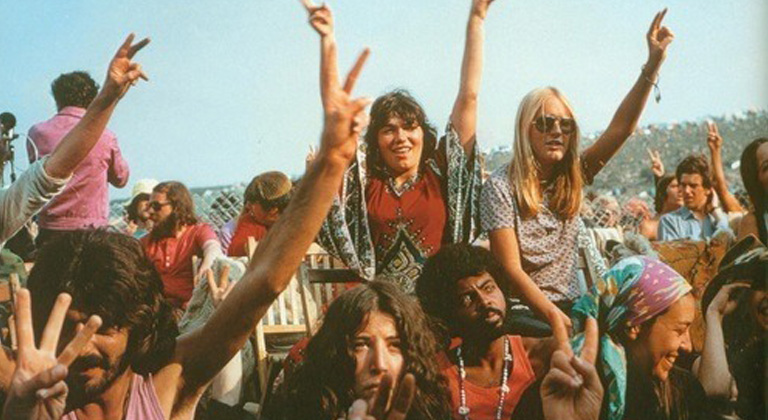
The Hippie Trail and Arrival of the “Indicas”
As we were just saying, the seeds that new American growers were growing at the start came from Sativa strains that were more suited to tropical climates. These strains had developed a specific shape and way of growing to survive in hot climates and in areas closer to the equator. They also had longer flowering periods.
In the colder climates to the north of California, with shorter summers and more rain, Colombian and Mexican landrace strains were too long-flowering; in many cases growers had to take extreme measures to not have their grow ruined.
This changed with the arrival of indica strains to the US thanks to those who ventured on what was known was the “Hippie Trail”. That trial, also known as the overland, was a trail from Europe to the South of Asia, mainly to Indica and Nepal. Young followers of the cultural movement began doing this trail with different purposes, and some of them even ended up staying in certain areas of India such as Goa, creating a sort of “settlement” in a place that back then, was exotic to them.
However, many of those youngsters returned home after a while, taking with them seeds from the cannabis strains they had tried on their journeys, strains from Nepal, Thailand, Indica… This is how Afghani and Pakistani strains reached the US, landrace strains adapted to rainer climates that had shorter flowering periods. This became a clear before and after moment in cannabis history, as those underground, almost anonymous growers began to create the first cannabis hybrids. The objective was clear: shorten the flowering period.
This is how the composition and morphology of the cannabis plant was changed forever; hybrids had just been porn, the pillars of the cannabis market that we know today. But we’ll be talking about this, and a lot more, in the next installation… don’t miss it!
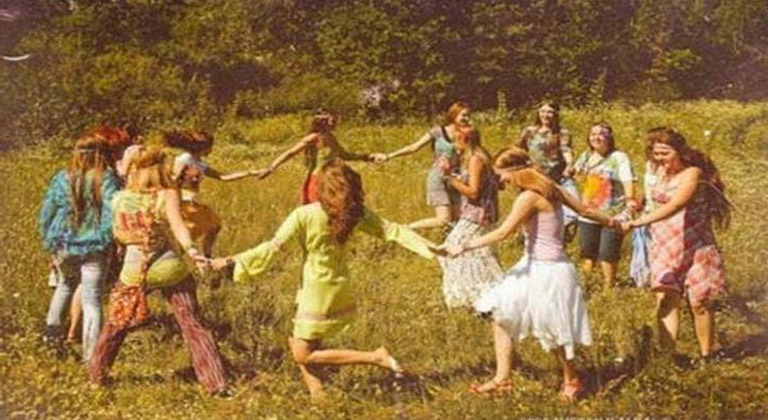
Cali Terpenes

